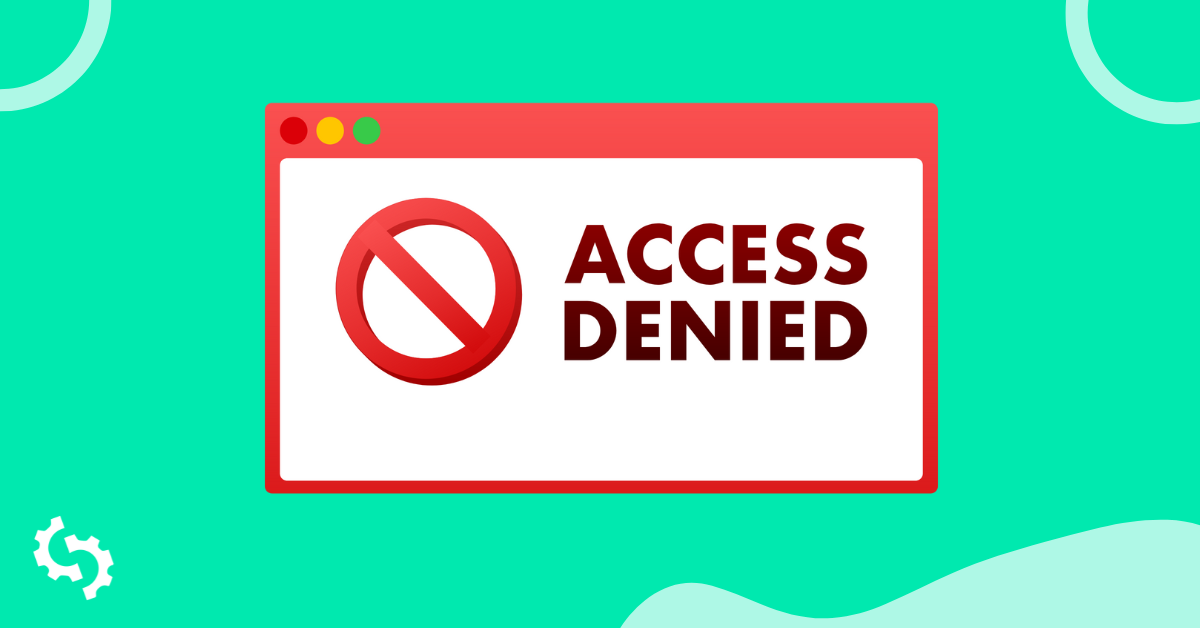
Consumers are constantly looking for and researching products that they'd like to buy in-store or online.
Global retail ecommerce sales are expected to reach over 8 trillion dollars by 2026 and $32.8 trillion for global retail sales in general.
As a retailer, you need to take the right approach to generate more traffic and sales for your store.
Search engine optimization is the best strategy to reach consumers at different stages of the buyer journey. If you still haven’t started retail SEO, it’s time to start now!
This article lists the top 10 SEO tips for retailers to bring more foot traffic to their shops, increase their store’s credibility, and generate the most amount of sales.
What is SEO for Retailers?
SEO, or search engine optimization, is an online marketing tactic that aims to increase a website's organic rankings, resulting in more impressions, clicks, and, ultimately, more conversions.
Retail SEO consists of several strategies to improve a website's user experience in order to attract more shoppers. Additionally, SEO for retailers is cost-effective since the customer acquisition costs are much lower compared to PPC campaigns.
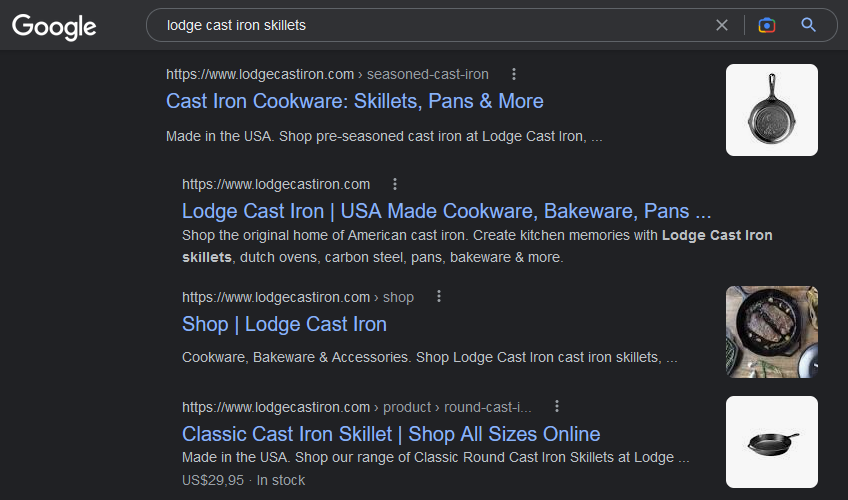
Why is SEO for Retailers Important?
Here are the top reasons why SEO is crucial for retailers:
- Shoppers use search engines to research products before they decide to make a purchase. Retail SEO helps retail businesses increase click-through rates and traffic on their websites by ranking high for relevant search queries.
- SEO helps to build credibility because a higher number of impressions for product queries improves branding.
- Implementing SEO in your marketing strategy lowers your marketing cost. Ranking for relevant search queries on search engines automatically gets you in front of potential customers, without having to spend money on PPC ads.
- SEO improves the number of conversions on your site. When you perform on-page SEO, you work towards improving the overall user experience. By fixing the technical issues on your site and improving the site speed, you make it easier for your audience to interact with your product pages, leading to more sales.
- SEO continues to send more sales your way even when you stop your SEO campaign. Unlike a paid marketing campaign, your website will continue to rank in the search engine result pages and won't lose its rankings overnight.
Top 10 SEO Tips for Retail Stores
Here are the top SEO tactics that you can implement in your retail store to grow your online visibility and increase sales:
Check Out What Your Competitors Are Doing
Before optimizing your website, you need to understand your competitors' business strategies. You should conduct a competitor analysis of the top retail stores in your niche.
Evaluate your competitors' SEO using tools such as SEOptimer. Analyze their backlinks profiles and evaluate their top traffic sources to get a better understanding of their online performance.
This also entails performing an in-depth keyword analysis based on the keywords targeted by your competitors.
Retailers should look at their competitor’s content and the sites linking to them to understand why competitors are getting linked to. With this data, you can start a guest posting campaign to approach the same sites to gain a backlink.
Reverse engineering your competitors' content and domain links is a great way to upscale your retail SEO strategy.
Get Listed on Google My Business
Listing your retail store on Google My Business is one of the best ways to drive traffic to your physical store. It lists your store's geographical location on Google Maps and the local search results, helping customers find your business.
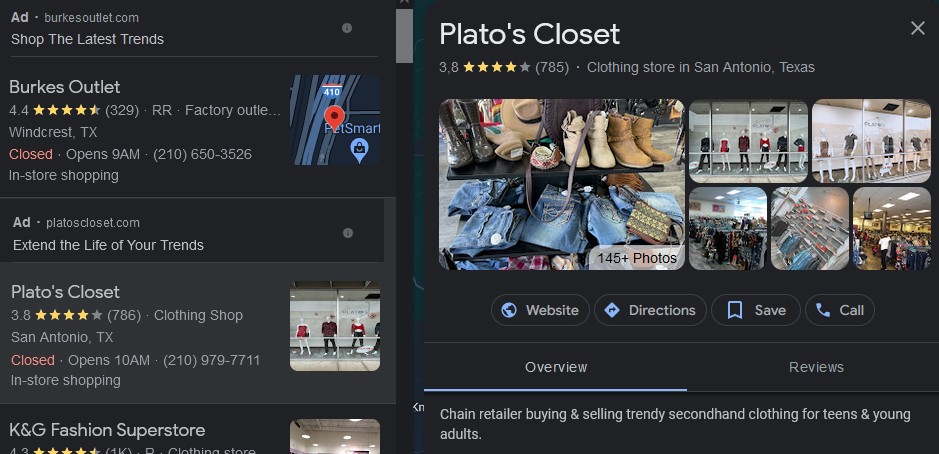
You should focus on adding as much information about your business as possible to your GMB listing.
The Google Business listing should include the phone number, exact address, updated photos, reviews, and all the necessary details that a customer might want to learn about your business.
Here are a few basic steps to add and optimize your retail business listing on Google My Business:
- Sign in to Google Maps using your Gmail account.
- Enter your address in the search bar and follow the on-screen instructions to finish the business profile setup.
- After finishing the setup, you need to claim your business on Google Maps.
- Enter your business name in the search bar and choose the matching result.
- After selecting your business, click on the "Claim this business" button and then click manage now.
- Select a verification option and follow the steps on the final page.
- Add the required information about your business to your GMB profile. It's important to keep your business information updated and to be active on GMB by responding to online reviews and adding photos of your store and products from time to time.
Target the Right Keywords
Keywords are what drive traffic to your website. When selecting keywords for your retail business website, you need to think about it from your customer's point of view. You need to identify the words they will be entering in the search engines to find the products you sell.
You can use SEOptimer's keyword research tool to find the best high-traffic keywords for your website.
The tool lets you see monthly search volume, competition, SERP results, estimated traffic volume and estimated CPC for all the keywords that you might want to investigate further.

As a general rule, you should always use a mix of long-tail and short-tail keywords in your strategy to get the best results.
Long tail keywords consist of phrases that are more than 2 words long, while short tail keywords consist of words that are single or two words long.
When searching for product keywords, include the product size in the keyword. Some examples of relevant keywords having the highest chances of conversions are:
- Red jackets for women in small size
- Tennis socks for men
- Men's blue t-shirts round neck
- Best full-sleeve t-shirt for men
Keywords such as these are relevant, and the searcher is at the last stage of the sales funnel. Targeting such keywords will ensure you generate a high number of sales in the shortest possible time.
Create Content Relevant to Your Products
Creating high-quality and relevant content for customers is crucial for retail business owners.
Most shoppers will research a particular product on search engines before making a purchase. They go through a lot of web pages during their research.
Ensure the content you create matches your products and satisfies your customers' needs. Content should include your target keywords and optimized images and videos to attract and engage more customers.
You can write blogs on your website that answer queries, solve problems, or offer advice and tips to potential customers to supplement your SEO content strategy.
For instance, the Penn Tool Co blog provides valuable information about metalworking and industrial tools that would be relevant to their target audience.
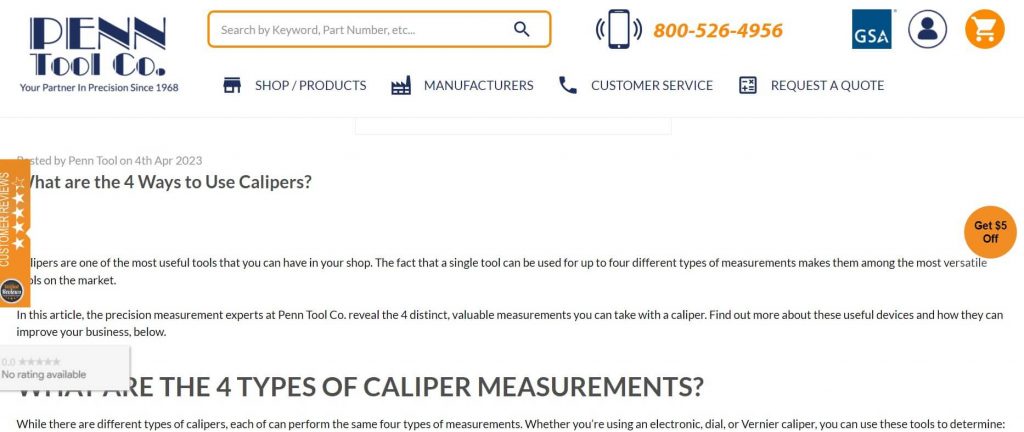
Research the top three ranking content for your target keywords and try to improve on their content. You can do this by using images and videos to make your audience understand your content better. This includes improving your readability score and ensuring your content has no grammatical errors.
Optimize Your Website for Mobile Devices Core Web Vitals
Core Web Vitals are the metrics that evaluate and score your web page’s performance based on real-world data. It includes the time to load your page, the time visitors take to act, the visual stability of a web page, and many such metrics.
Google and other search engines also consider the mobile-friendliness of a website while ranking web pages. A low mobile score means you are losing out on many potential customers.
To improve your Core Web Vital scores, you need to optimize your web page speed and enhance your site's performance.
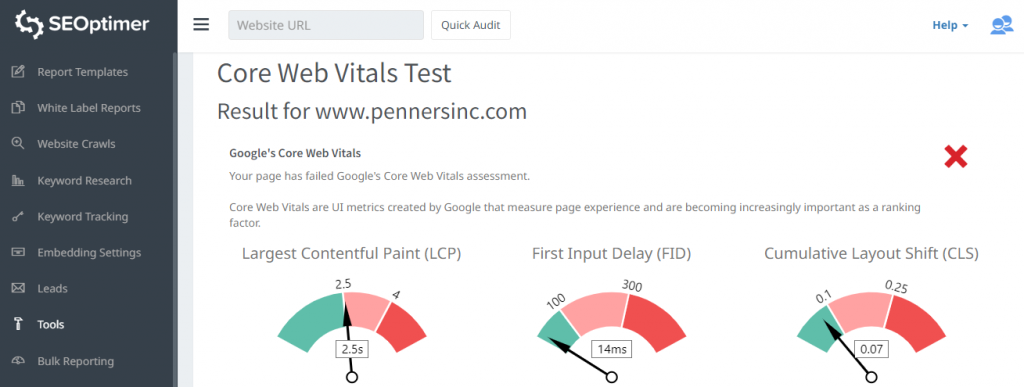
Additionally, focus on tightening the security of your retail website and protecting it from online theft, hacking, and malware since this helps you obtain a higher Core Web Vitals score.
Ask for Customer Reviews
Online reviews are crucial for retailers as they help build customer trust and act as social proof for your brand.
A healthy review profile means increased conversions, more opportunities to interact with customers, improved customer loyalty, and maximum engagement.
Here are the steps to acquire positive reviews for your store to boost SEO for retailers:
- Make sure you respond to all the reviews (positive or negative) and queries on time.
- With the reviews you receive, understand the customers' needs in order to improve your customer retention rate.
- Ensure an easy pathway for customers to provide reviews. Create an easy-to-follow section to make them understand the review process.
- Encourage your customers to remain honest, as it will help you know your strengths and weaknesses from the customer's point of view.
- When asking for customer reviews, add a cheerful touch to the email or message to make them feel valued.
Add Product Schema to Relevant Pages
Adding product schema to your retail website helps search engines like Google understand your content better.
Also, you should add structured data to your product pages because Google search results (including Google Images and Google Lens) can show product information in richer ways.
For example, adding schema data helps users see price, availability, review ratings, shipping information, and more right in search results for better shopping experiences.

Source: Google
Follow a Link Building Strategy
Your retail website’s credibility and brand authority increase when you acquire quality backlinks from reputable websites.
Here is a full-proof link-building strategy that you should follow to rank higher on search engines:
- Write guest posts for other websites, bloggers, and reputable publications. The only thing to focus on is creating relevant and accurate content for both your audience and the host’s audience. Adding one or two links to your website in the content helps increase traffic and builds your domain's link profile.
- Get social media backlinks by collaborating with social media influencers. Influencers will help in promoting your brand through their posts and interactive videos. Since yours is a retail brand, contacting all kinds of influencers will help you gain backlinks and popularity.
- Submit your content as news and press releases. This will help you acquire quality links to your website from popular publications.
- Conduct interviews, podcasts, and webinars with industry experts. These experts will likely share this with their followers and as a result, establishes trust and long-term relationships with a big audience.
- Evaluate competitor backlinks and incorporate their link-building strategy with yours to help you stay on top of the marketing game. You can segregate your evaluation on various grounds, such as pages that are getting the most backlinks or pages with the most number of monthly visitors.
Create Multiple Online Citations
Citations are a mention of your business on another website. Local citations are a great way to increase the popularity of your business.
Google and other search engines consider citations and links as two of the most vital factors while calculating the reputation of a business.
A study by BrightLocal revealed that the top three ranking businesses on local search results have an average of over 80 citations.
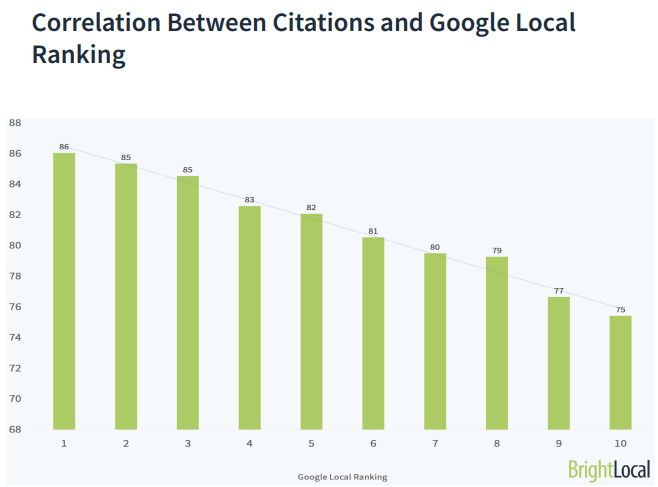
Source: BrightLocal
Because of this, you should submit your business listing on multiple high-authority websites, such as Yelp, Yellow Pages, Better Business Bureau (BBB), Foursquare, and other niche directories.
Review Measure Your SEO Results
Once you have implemented the above-listed tactics in your SEO strategy, you need to review and measure whether your efforts are reaping significant results and which areas need improvement.
To measure and review efforts, you can take the help of online tools such as SEOptimer's Keyword Tracking Tool, which shows you the top-performing keywords and their progress from time to time.
Conclusion
SEO for retailers is not tricky when you know the steps to drive more organic traffic to your store.
Follow these top ten search engine optimization tips to acquire more targeted local customers looking for your products and services.
Remember you can also take the help of a professional local SEO agency and use local SEO tools to gain an edge over your competitors.



